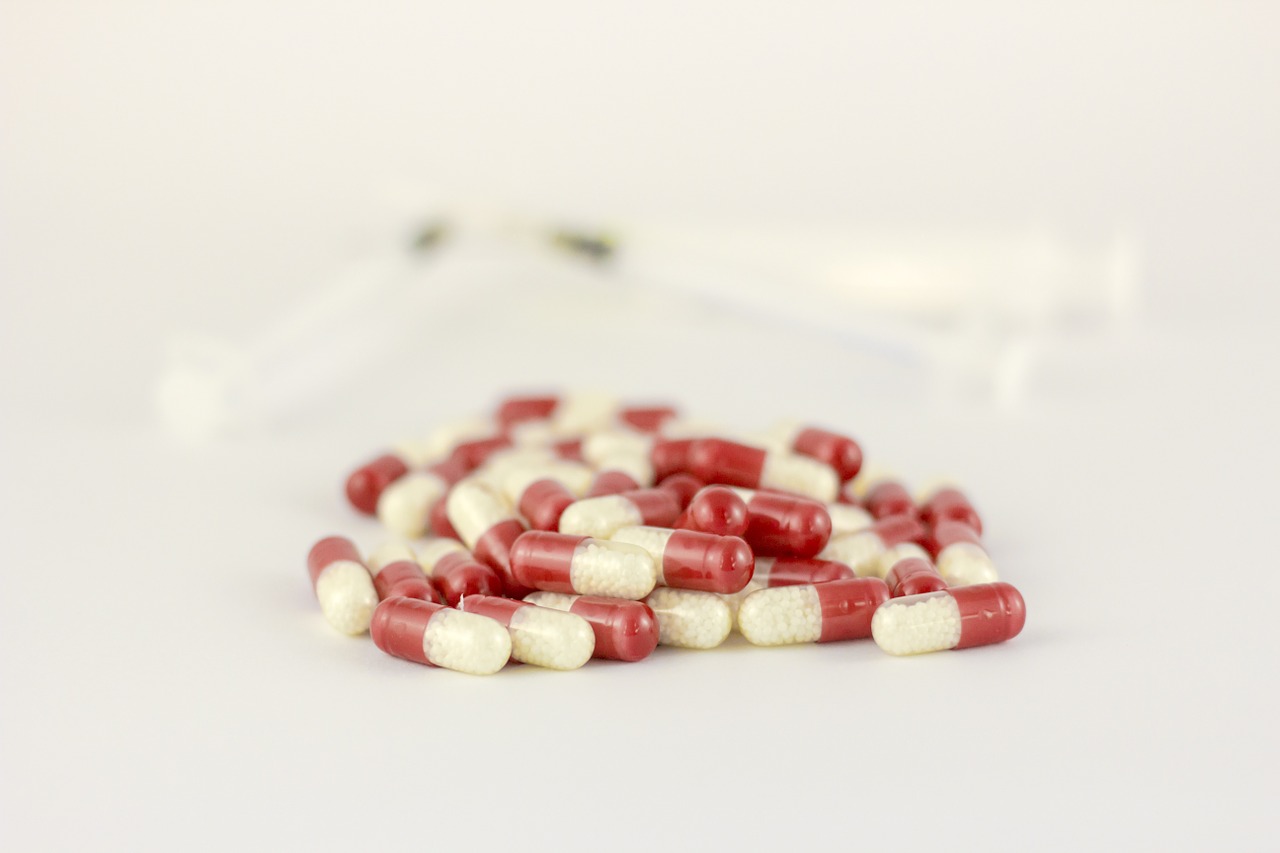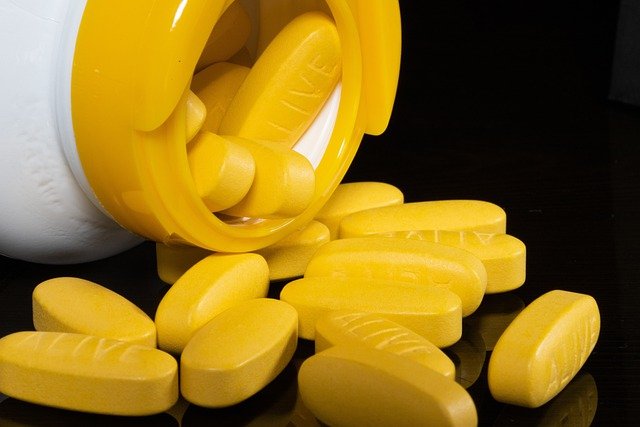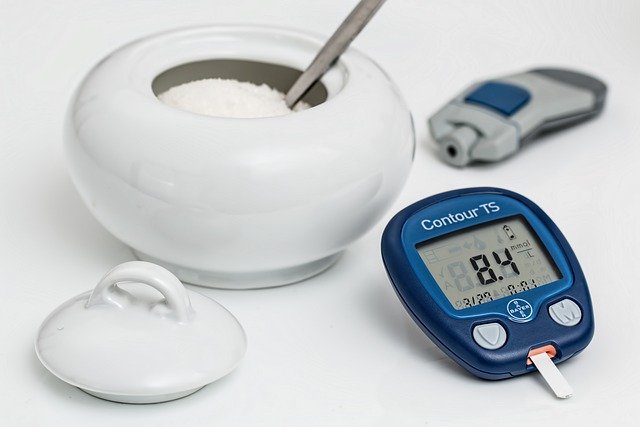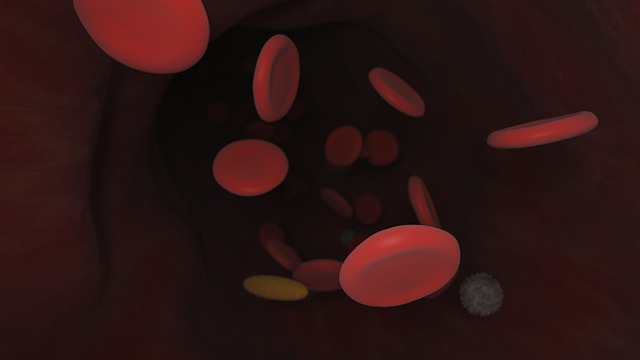Podcast: Play in new window | Download (Duration: 11:22 — 5.2MB) | Embed
On this podcast episode, I discuss valsartan pharmacology, adverse effects, drug interactions, and much more.
Valsartan is a fairly common ARB. I mostly see losartan and valsartan used as the most common ARBs in hypertension management.
Valsartan has a longer half-life than losartan which is why we can often get away with once daily dosing compared to losartan which sometimes requires twice daily.
Hyperkalemia is a major concern with ARBs like valsartan. Trimethoprim and spironolactone are two medications that can increase this risk.
Be sure to check out our free Top 200 study guide – a 31 page PDF that is yours for FREE!
Support The Podcast and Check Out These Amazing Resources!
Meded101 Guide to Nursing Pharmacology (Amazon Highly Rated)
Guide to Drug Food Interactions (Amazon Best Seller)









